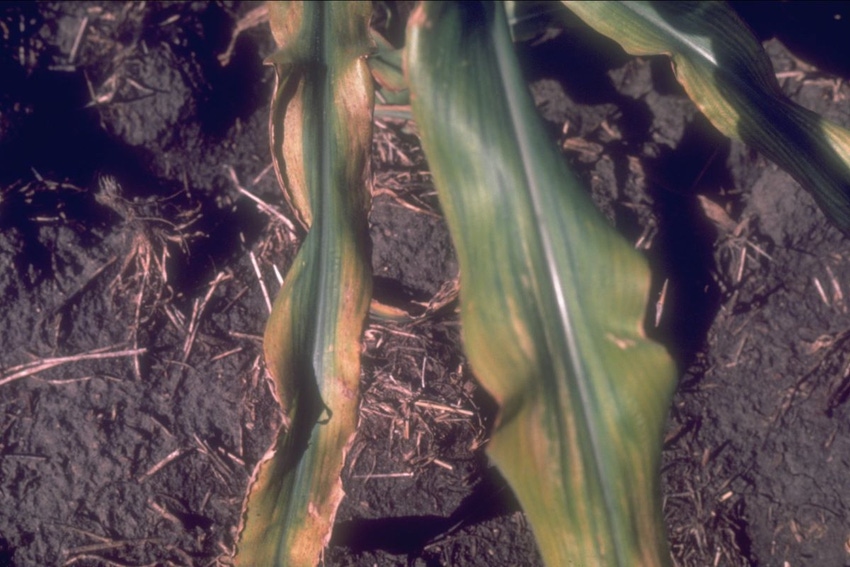December 20, 2022

As fertilizer volatility creeps into 2023, making fertilizer dollars count remains top of mind for most growers.
One option for growers is to reduce phosphorus (P) and potassium (K) applications for the upcoming season, instead using those dollars elsewhere. Some growers may want to skip P and K applications altogether. Precision soil sampling can help determine whether a skip is feasible. When used in conjunction with variable rate applications, P and K management can improve and help maximize returns on fertilizer investment.
“A soil test for phosphorus and potassium that shows we’re in the high or very high category for a field can indicate that we could possibly skip a year of fertilizer application,” said Matt Essick, Pioneer Agronomy Manager. “However, if we skip a year of fertilizer, keep in mind that the next crop is going to remove some of that fertility from the field and will need to be replaced.”
It is important to note that applications of P and K at higher than economically optimal rates in a particular year can offset fertilizer requirements in future years. Both P and K are relatively stable in soils and can be "banked" for later use if economically advantageous.
Growers may also adopt a nutrient sufficiency management plan. This philosophy focuses on applying the minimum amount of inputs needed to maximize profitability in the year of application, with little concern for future soil test values or requirements.
Build and Maintain fertility programs contrast with the nutrient sufficiency approach in that they are not intended to maximize economic returns in any given year. Rather, they are designed to provide flexibility and consistent economic returns over the long-term by removing P and K as yield-limiting factors.
Regardless of which method growers go with, a few general rules of thumb apply: Always fertilize when soil test levels fall below the optimal range, avoid applications on high-testing soils and, when in doubt, fertilize based on expected rates of crop removal.
About the Author(s)
You May Also Like






